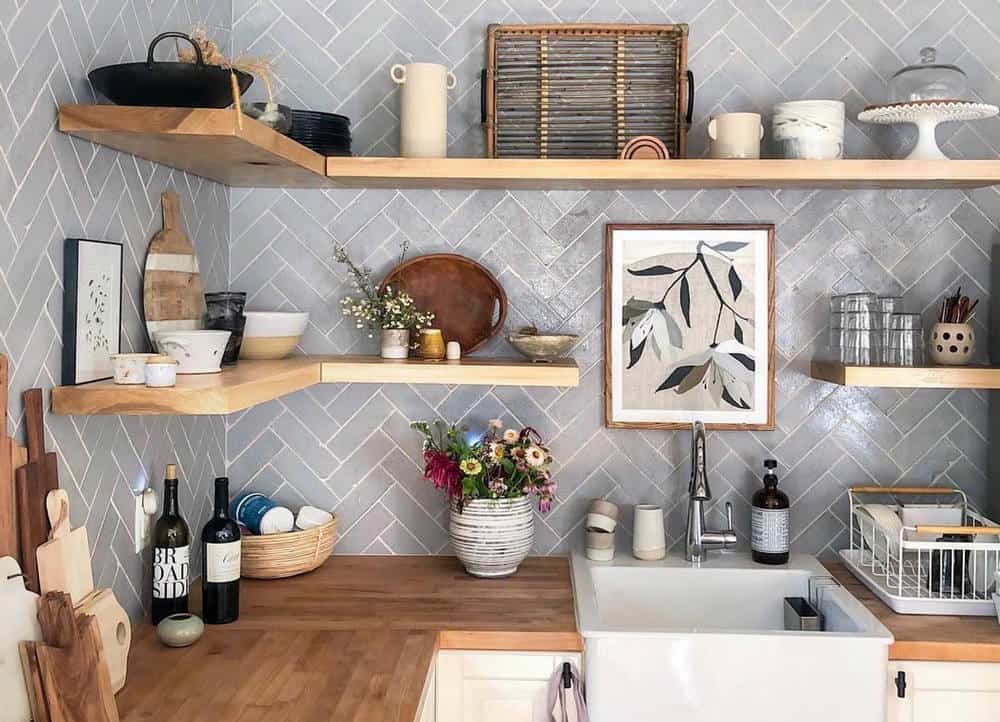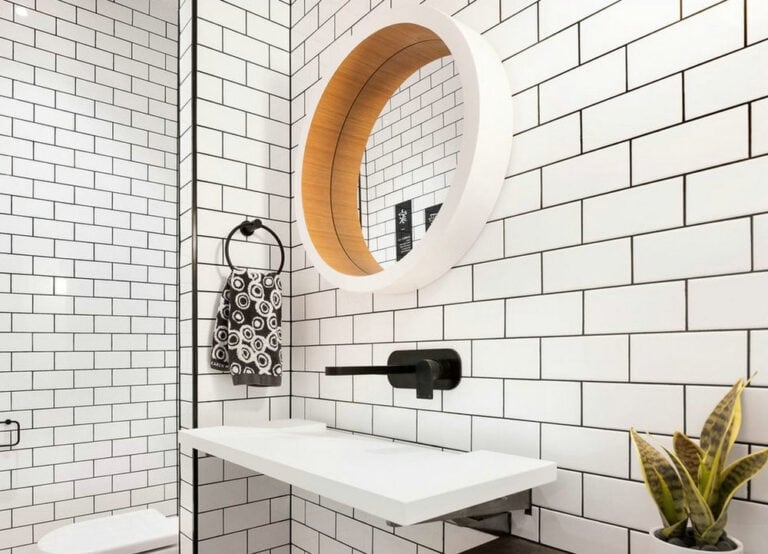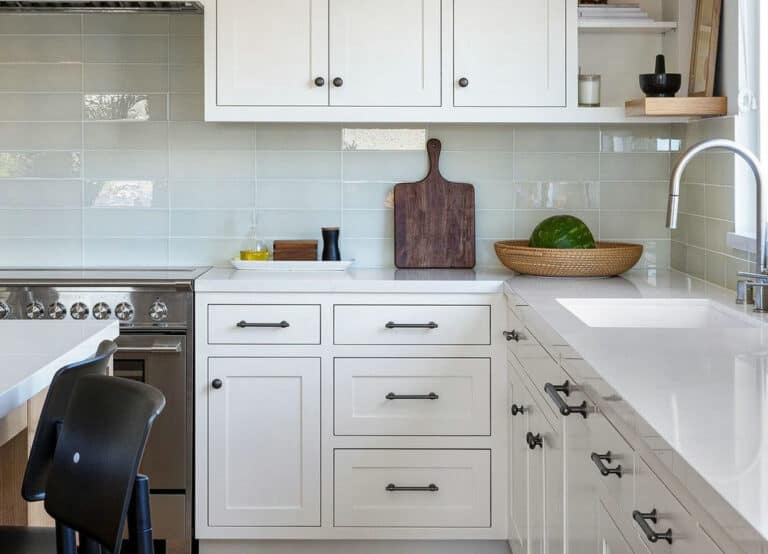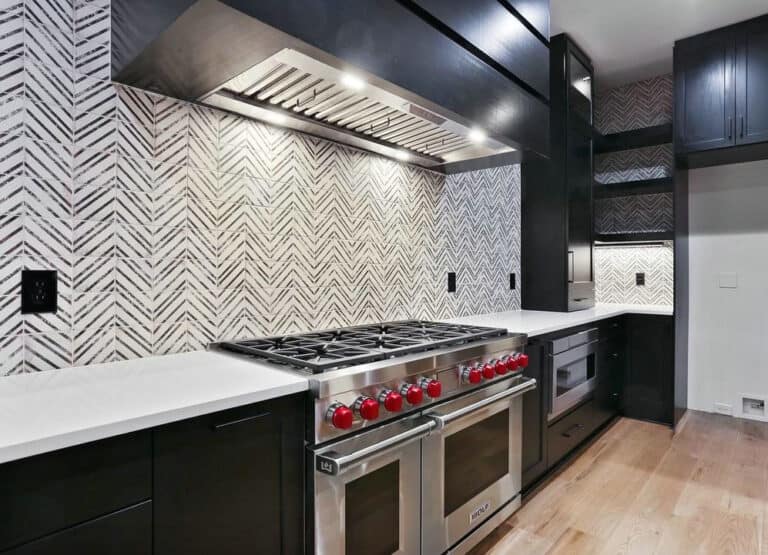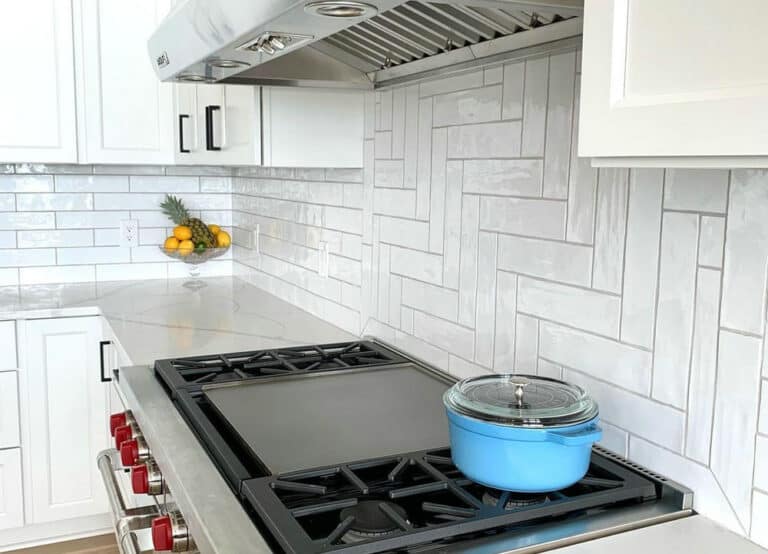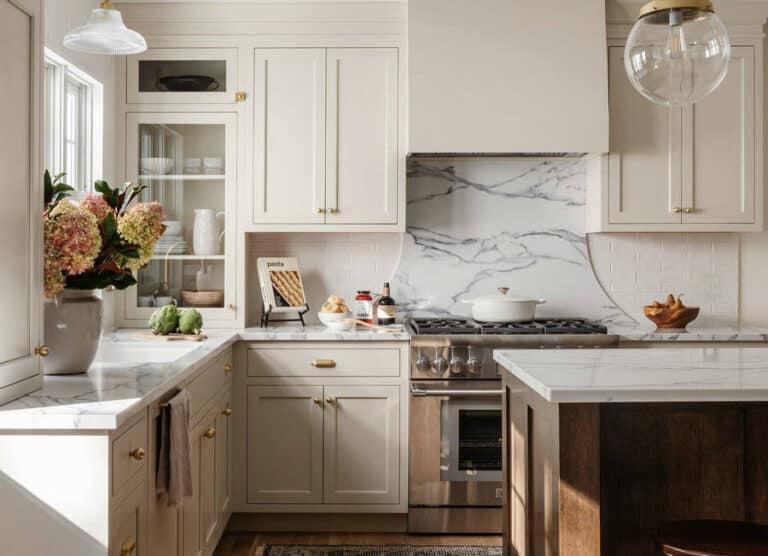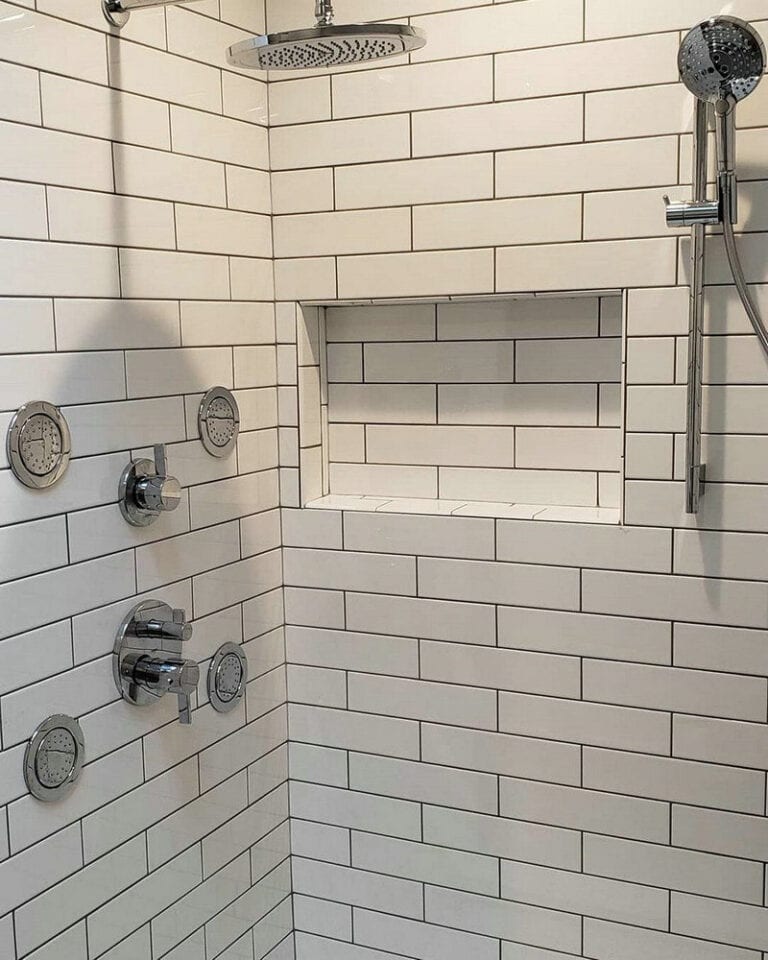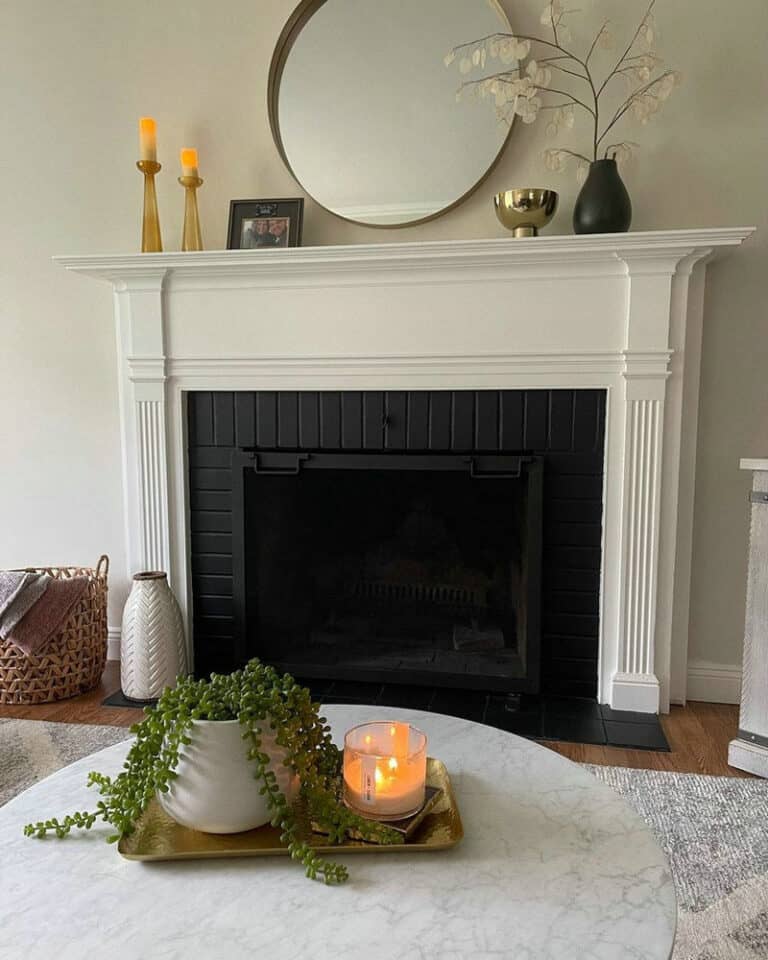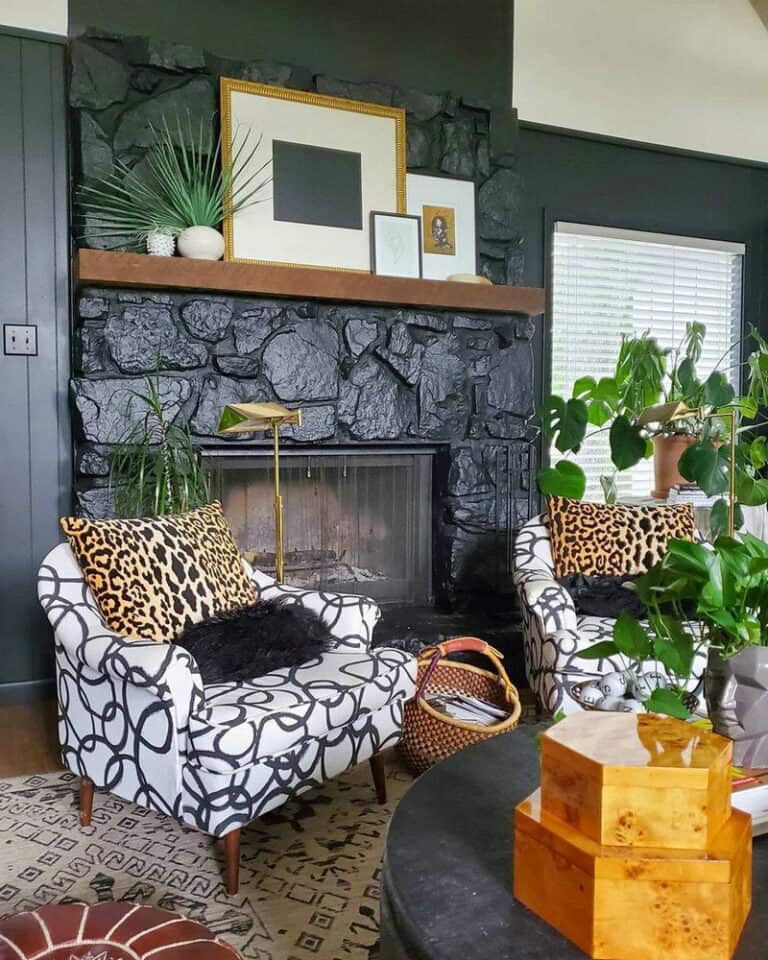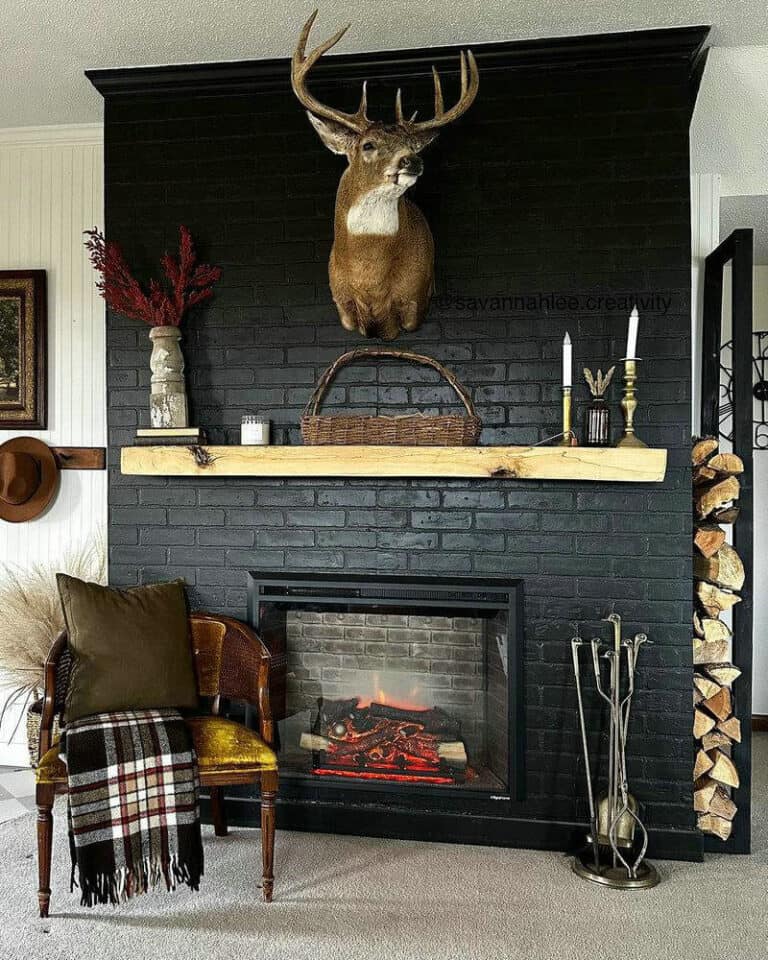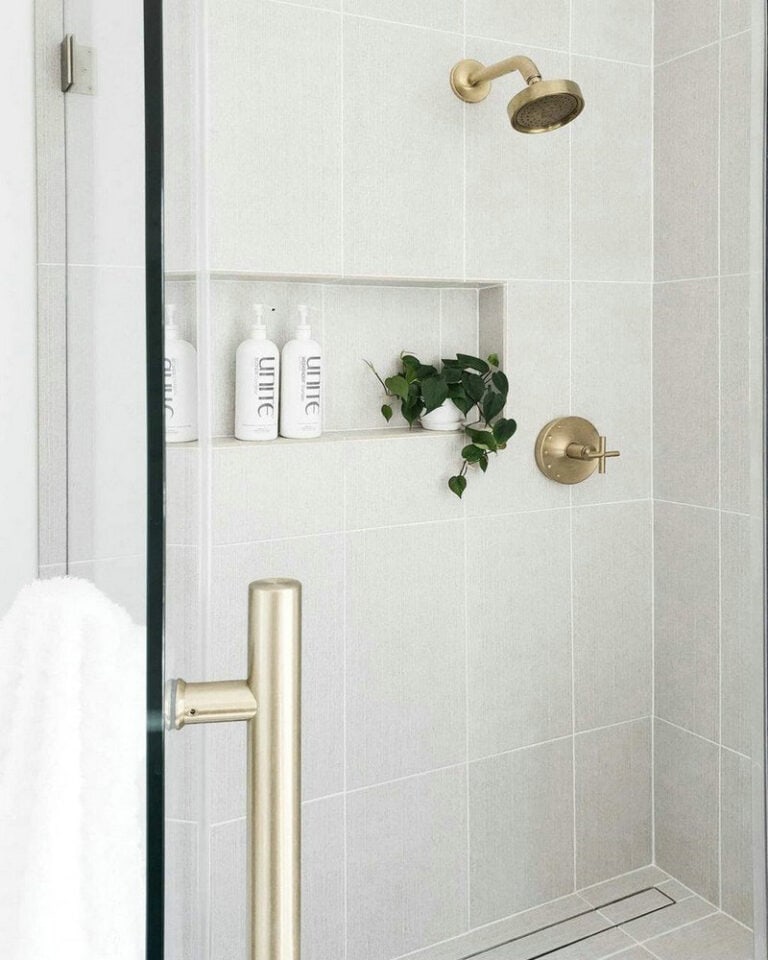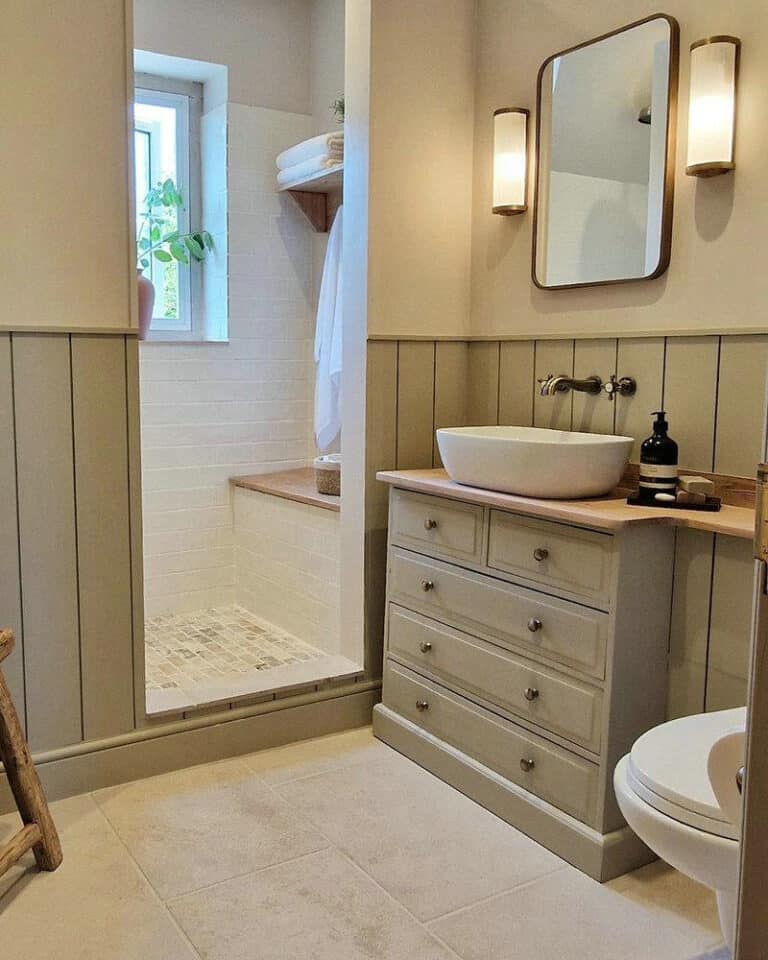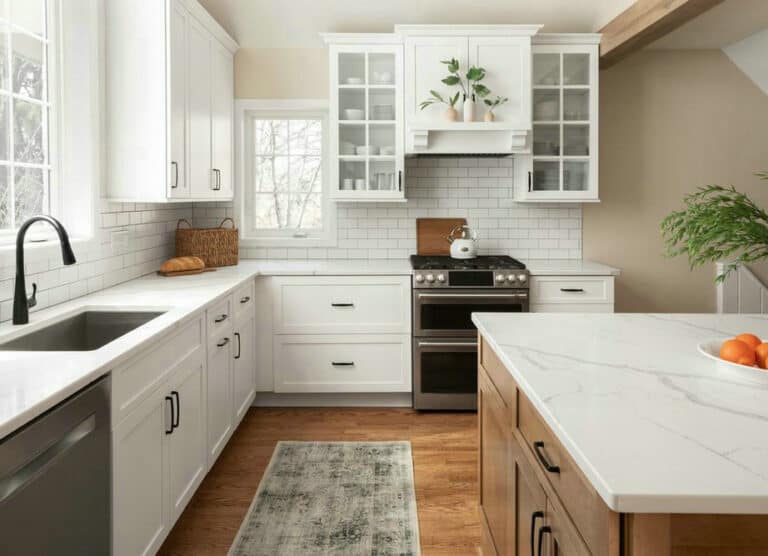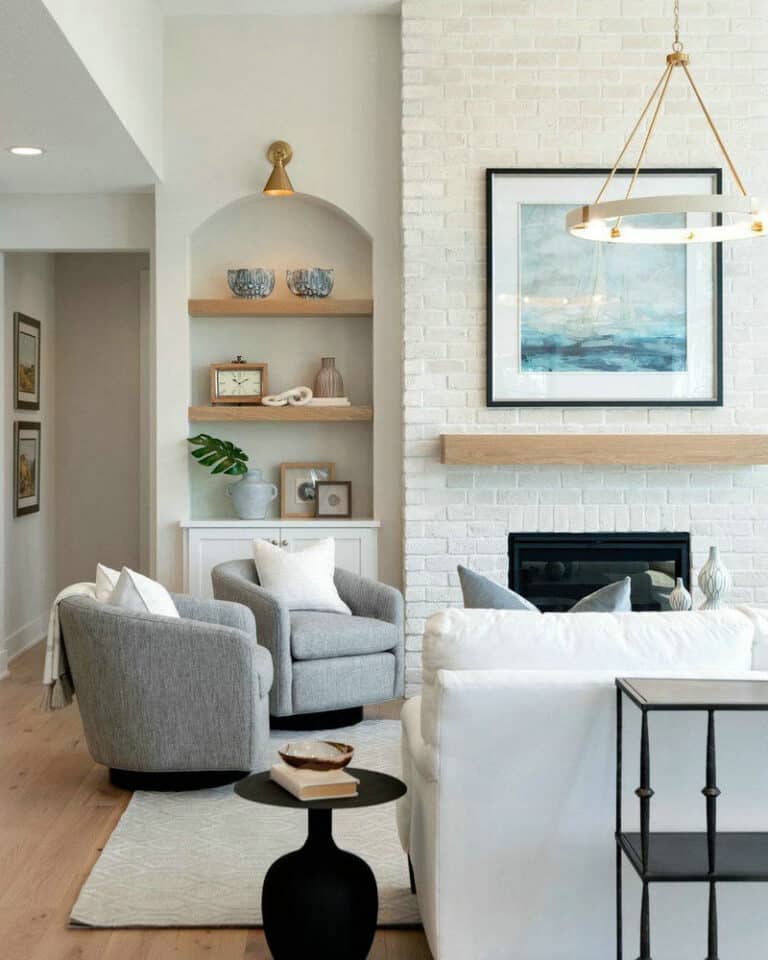Table of Contents
Herringbone and Chevron both share an amusingly intimate look. The design and color scheme of herringbone and chevron offer the same hues. The main difference comes in the process and manner of installation. The herringbone pattern is made by interlocking the plank sheets in a zigzag style. Herringbone design has been well-known for a long time for devising an attractive floor design. Romans loved it due to its amazing appearance. It gives a rustic touch. Herringbone floors suit traditional interior designs. The beautiful floor shares wooden hues. You would love its classic appearance. Herringbone floors cost a lot due to its precise cutting and installation.
Chevron, on the other hand, is installed in a different way. It is devised by cutting the edges of planking sheets. The interlocked plank sheets give the look of sharp arrow edges. Chevron shares a contemporary look. It is more recent than the herringbone pattern. It was first introduced in designs in the early 19th century.
The following articles will help you understand the background information about chevron floors herringbone pattern. It will make clear how herringbone and chevron are different and how you can choose one that best suits your interior flooring designs. Furthermore, the article will give you a thorough view of the pros and cons of Herringbone vs Chevron.
History of Herringbone and Chevron Patterns
History of Herringbone Pattern
The herringbone pattern shares an amusingly attractive look. The zigzag pattern fascinates viewers. The herringbone pattern is named after the shape of the skeleton of a herring fish. The stunning herringbone pattern has been used in designs since ancient times. The amazing pattern was first used around 6000 BCE in pottery designs. Notable pieces of evidence are found in the fabrics, jewelry motifs, and pottery designs of Romans and Ancient Egypt.
The herringbone pattern can be witnessed on Roman empire roads. The interlocking method of bricks and stones suggests a stunning herringbone pattern in Roman pathways. The amazing pattern served in two ways: it made roads and pathways look gorgeous, and at the same time, it increased their durability. The herringbone-patterned roads were good at absorbing traffic compression and tension. The Colosseum and the Pantheon in Rome are still evidence of the fabulous herringbone pattern.
In Ancient Egypt and Italy, the herringbone pattern was used in jewelry and textile design. The Egyptians were fond of necklaces and bracelets that had gems in a herringbone pattern to display aristocracy. Italians liked wool and silk textiles designed in an amazing herringbone pattern. The medieval tapestries and manuscripts, like Bayeux tapestries, gave a hint of herringbone patterns.
The herringbone pattern won wider favor in the 20th century. The popularity of the sophisticated pattern found its place in the fields of architecture, interior design, art, and fashion. Some well-known architects who used the fabulous herringbone pattern in their designs are Frank Lloyd Wright, Le Corbusier, and Charles Rennie Mackintosh. The use of herringbone patterns in fabric design made it appear gorgeous and classic. The herringbone pattern made paintings, sculpture art, and mosaics stand out.
The herringbone pattern is still on the canvas to win the favor of viewers. The amazing look and versatility of the astounding pattern make it a fit for every interior style. The visual interest of the herringbone pattern makes materials like hardwood floors, stone, marble, glass, and ceramic look attractive and astonishing.
History of Chevron Pattern
The Chevron pattern looks outstanding due to its amusing visual interest. The chevron pattern has been used since the Neolithic period. It was first used as one of the Vinca symbols inventory. The Vinca culture used the Chevron pattern for writing purposes. Chevron was used as part of the proto-writing system from 5th to 6th BCE. There is no evidence of using chevron as a decorative trait in this era.
The word ‘chevron’ is derived from the Italian word Caprio, which refers to a pattern of two beams of arrows. The chevron pattern has interlocked edges like beams of two arrows, so it was named after Caprio. The word ‘chevron’ was used as a heraldic symbol in Medieval Europe. There is evidence of using the chevron in the same manner in Norway, where it has been used on military uniforms to display the worthy high ranks.
The chevron pattern took its first popular use in the 1920s. The Deco art movement used this symbol in various art manifestations. The geometrical and symmetrical art designs of chevron patterns were implicated in all fields like art, fashion, fabrics, and interiors. The fantastic pattern shared a pretty modern look. The Italian design house Missoni was a noteworthy promoter of the elegant chevron pattern in interiors. Their collection represented the stylish chevron pattern merged with exuberant colors and textures from 1960 to 1970.
The versatility of the chevron patterns is still winning appreciative views throughout the world. The splendid pattern offers a mesmerizing visual attraction. Numerous colors and materials enrich the chevron pattern to make it appear chic and stunning. It can fit various modern interior styles for having a timeless appeal.
Herringbone tile pattern
Herringbone tile pattern comprises zigzag or V-shaped rectangles. The amazing look of the herringbone tile pattern makes it an all-time favorite choice for interiors from ancient Roman to today. Herringbone tile pattern includes various pros and cons that are stated below:
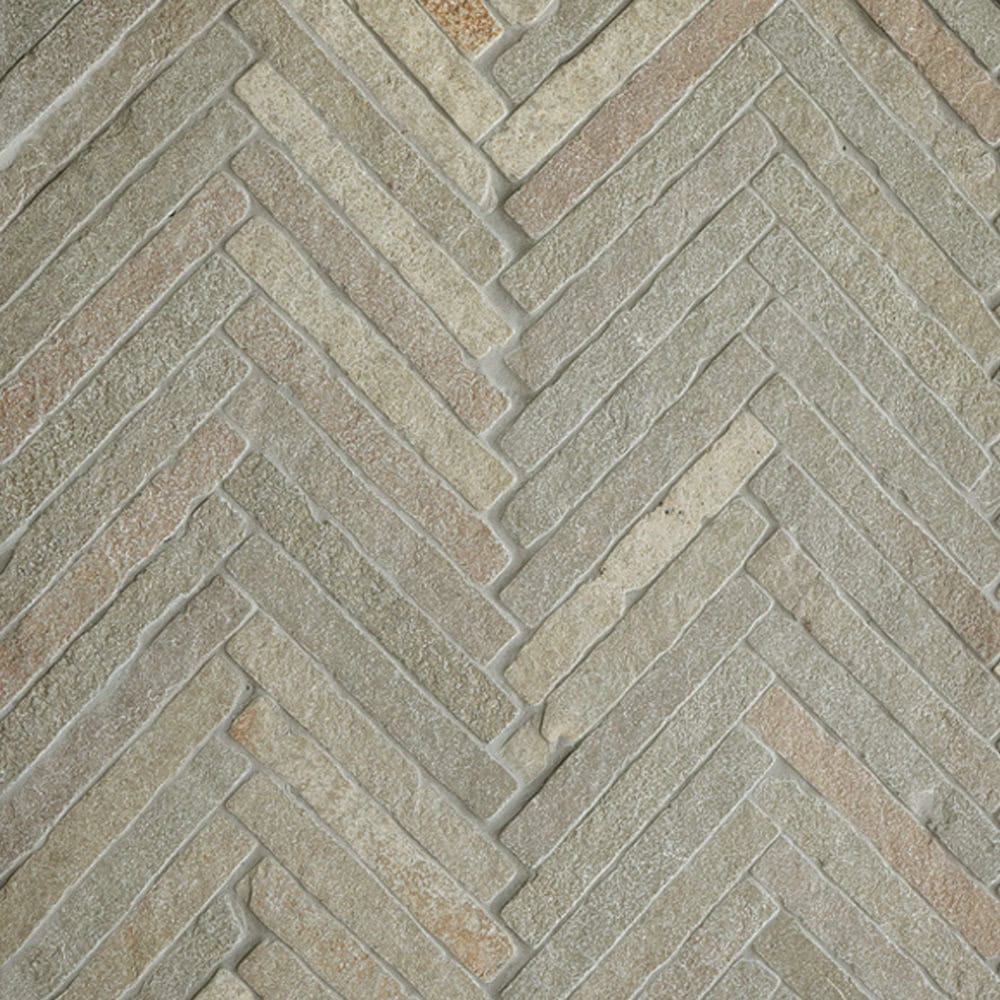
Pros
Adds an elegant aesthetic charm
Herringbone tile pattern has been used for centuries to add a visual attraction and aesthetic charm. The stunning zigzag pattern adds a sense of lively movement to the design. The splendid pattern makes the designs appear gorgeous and up to mark. It makes materials look awesome and prominent. The herringbone pattern is good to add a visual contrast to make a minimalist design chic.
Suits multiple spaces
The herringbone tile pattern suits multiple spaces. The beautiful pattern enhances the beauty of interior and exterior spaces. The herringbone pattern can be used on floors, backsplashes, walls, ceilings, etc.
Creates an amusing dimension illusion
The herringbone patterned floors, through the V-shaped and zigzag interlocks, create an attractive dimension illusion. The corners look wider, and the visual flow makes the space appear broader.
Provides an ageless sophistication
The herringbone tile pattern creates a timeless appeal. The beautifully interlocked zigzags make a design attractive beyond time limitations. The versatile herringbone pattern suits multiple interior styles, from classic to contemporary. The elegant pattern looks stunning for ages.
Cons
Needs precise installation
The herringbone pattern needs precise installation. The careful cutting of edges and then interlocking them in a fine zigzag manner demands expertise. The difficult-to-install characteristic of the herringbone pattern makes it costly.
Tile Alignment
Tile alignment plays a crucial role in making the herringbone pattern look neat and well-composed. The sophisticated look of the amazing pattern will be spoiled in case of irregular interlocking.
Numerous grout lines need extra care
The herringbone tile pattern looks amazing. The interlocking of tiles needs precision and numerous grout lines. Grout lines demand extra care to maintain their cleanliness. You may need extra time and effort to make grout lines appear neat and fresh, especially in heavy-traffic spaces.
Makes a room look messy
The herringbone floor pattern needs a wise matching with other interior details. The color scheme and the interior style must create a visual balance in combination with the herringbone pattern. Otherwise, it would make a small room appear overfilled and messy.
To conclude, the herringbone floor pattern looks awesome if matched carefully with all interior details. You can add a timeless charm to your design in the form of a herringbone floor pattern after consulting a professional. It would make you understand how you can make appropriate use of the gorgeous pattern to make your designs stand out.
Chevron Tile Pattern
The stylish chevron tile pattern creates a stylish interior design. The beautiful pattern works well for an attractive visual interest. The stunning look of the chevron planks suits multiple interior styles, from traditional to modern. Usually, the chevron tile pattern is added to promote a chic and contemporary look.
The chevron tile pattern has its pros and cons, which are mentioned below:
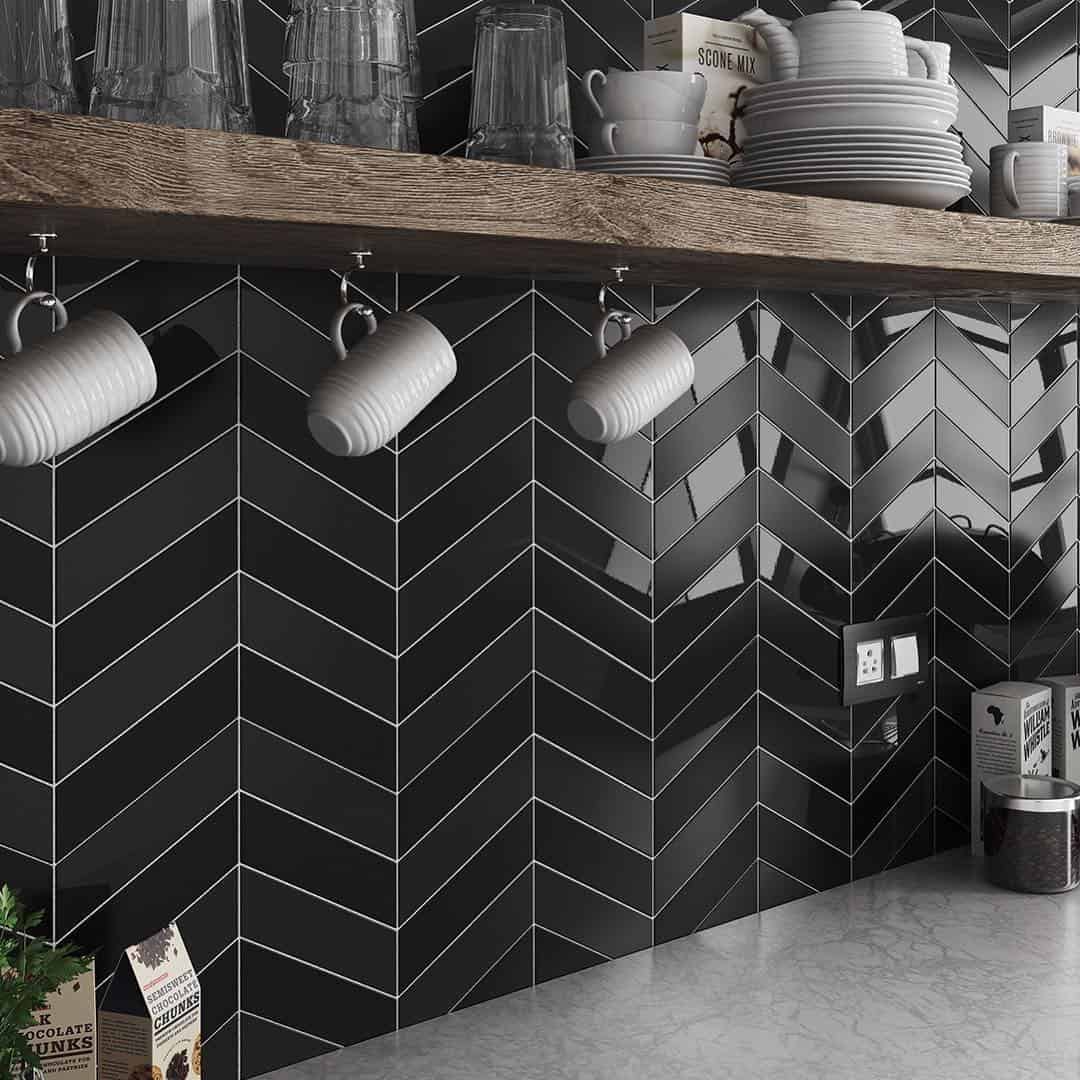
Pros
Visual appeal
The chevron pattern is the best choice to add an aesthetic beauty. The visual appeal of the gorgeous pattern works to devise an astounding focal point. The geometrical alignment gives a cohesive look to enhance visual flow. The amazing pattern makes the space look broader, and the ceilings feel higher.
Flexible to suit multiple interior styles
The chevron floor pattern is flexible enough to enhance the beauty of multiple styles. You can match it with a vibrant, contemporary design. The classic interiors may have a slight touch of modernity in the form of the chevron floor pattern. The beautiful pattern can be enriched by using various materials, colors, and sizes.
Shares historical splendor
The historical elegance of the chevron pattern refers back to its use to display protection and support in military uniforms. The beautiful pattern shares an attractive historical intimacy.
Cons
Extra labor and cost
The chevron floors need precision to install accurately. You may bear extra labor and cost to install the herringbone tile pattern. The splendid pattern includes more tiles, grout, and cutting than other flooring patterns.
Professional installation is necessary
The chevron pattern is a complex pattern to devise. A professional can do it better. The installation needs pre-planned cutting of edges and a careful interlocking of edges with a cohesive visual flow. The complex pattern setting can be accurately devised by applying accurate cutting and interlocking measurements.
To conclude, the chevron floorings pattern creates an astounding interior that conveys a contemporary and stylish ambiance. However, you must consult a professional before installing the chevron floorings. The drawbacks of chevron patterns can be overcome by consulting an expert.
What is the Difference Between Herringbone and Chevron?
The herringbone and chevron look alike at the very first sight due to their zigzag pattern. There are some notable differences between herringbone and chevron that attribute certain characteristics to both patterns. Here is a description of the main differences between both to help you choose the best for your interior:
Herringbone pattern
Orientation
The herringbone pattern is devised by interlocking the zigzag pattern at a 90-degree angle. Rectangular planks or tiles are used to devise a beautiful pattern. The pattern is named after the herring fish due to the resemblance of its skeleton. The visual flow of this pattern creates the utmost interest.
Interlocking
The herringbone planks pattern comprises interlocking tiles at right angles. The interlocking is done expertly to create a cohesive look. The grout lines are not prominently visible. The seamless interlocking makes the design appear finer and more coherent.
Visual effect
The herringbone pattern looks attractive and classic. It offers an exuberant ambiance. The energetic vibes of the herringbone pattern make it perfect for giving a lively expression.
Chevron Pattern
Orientation
Chevron pattern comprises a V-shaped design. Tiles are precisely cut on the edges, and edges are interlocked in a fine zigzag shape to form a chevron pattern. The edges give a sharp and pointy appearance.
Interlocking
A chevron pattern includes a trendy look due to its interlocking design. Tiles are cut at a certain point to make edges look like arrow beams. Then, the edge-to-edge pattern is interlocked by devising a V shape. The spiky appearance of the chevron pattern makes it a stunning focal point.
Visual effect
The Chevron pattern is considered modern due to its vibrant visual effect. It makes an attractive appearance. The minimalist room design can have energetic vibes in the form of chevron floor patterns. The cohesive look of the gorgeous pattern and sense of symmetry make the space look bold and trendy.
In short, the main difference between herringbone and chevron pattern is the manner of interlocking. The herringbone is devised by interlocking tiles at a right 90-degree angle, while the chevron is formed by interlocking pointy edges in a V shape. The difference between their appearances makes them look classic and trendy.
Are These Patterns Just for Floors, or Can They be Used on Walls and Ceilings, too?
Herringbone and chevron patterns share energetic vibes with an amusing visual appeal. They can make any monochrome design look vibrant and lively. Designers like both patterns for their budget-friendly cost and awesome looks. The favorable trait of both patterns is that both can be used on floors, walls, and ceilings to share the utmost charm. Though chevron and herringbone floors are popular, they are also adaptable to walls and ceilings.
Walls
Feature walls
Attractive feature walls make an interior design stand out. Herringbone and chevron patterns are good for devising a fabulous feature wall. Both patterns make a dynamic impression that forms an amusing focal point. The feature wall looks splendid if chevron and herringbone patterns are combined with pleasing color combinations.
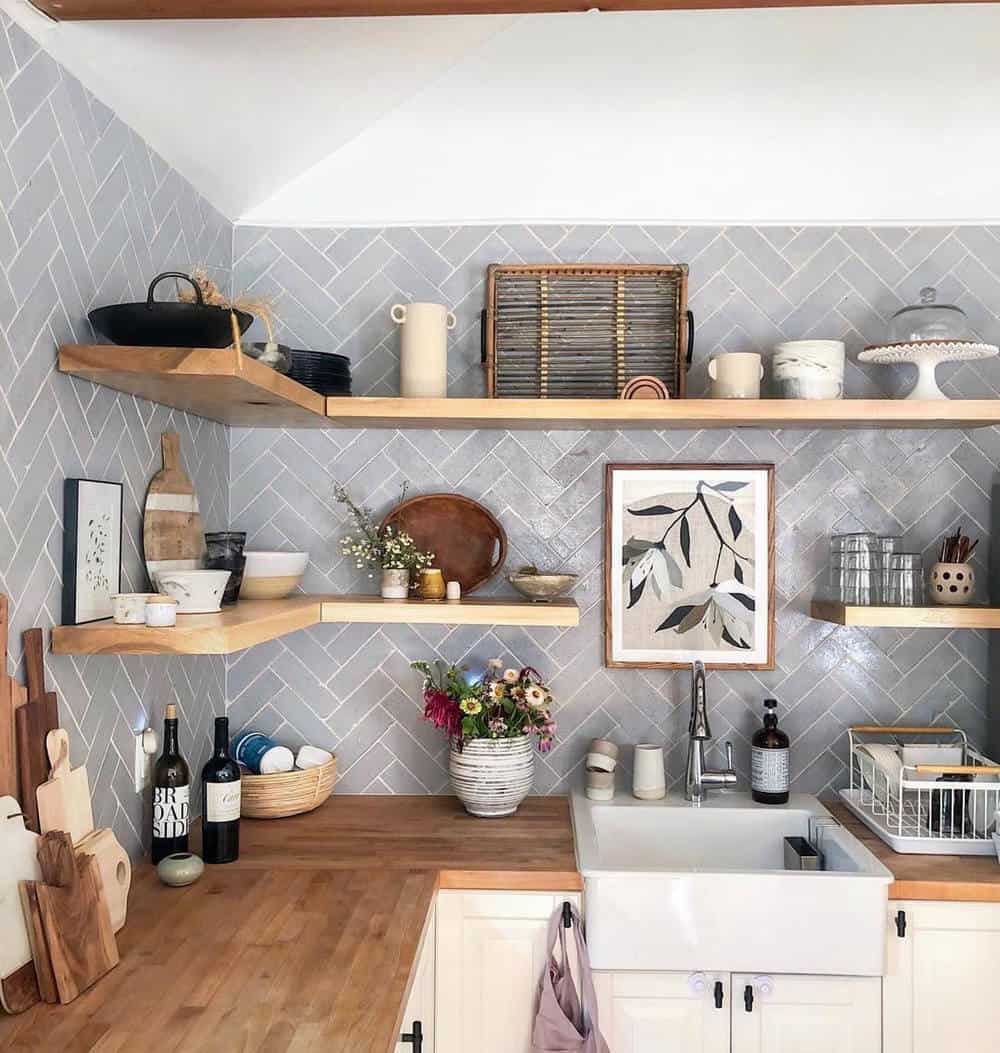
Backsplashes
Herringbone and chevron tile patterns fabricate a stunning backsplash for kitchen and bathroom tiling. Elegant tile patterns work well to add an astounding backdrop. They add an illusionary depth and striking texture to any interior design.
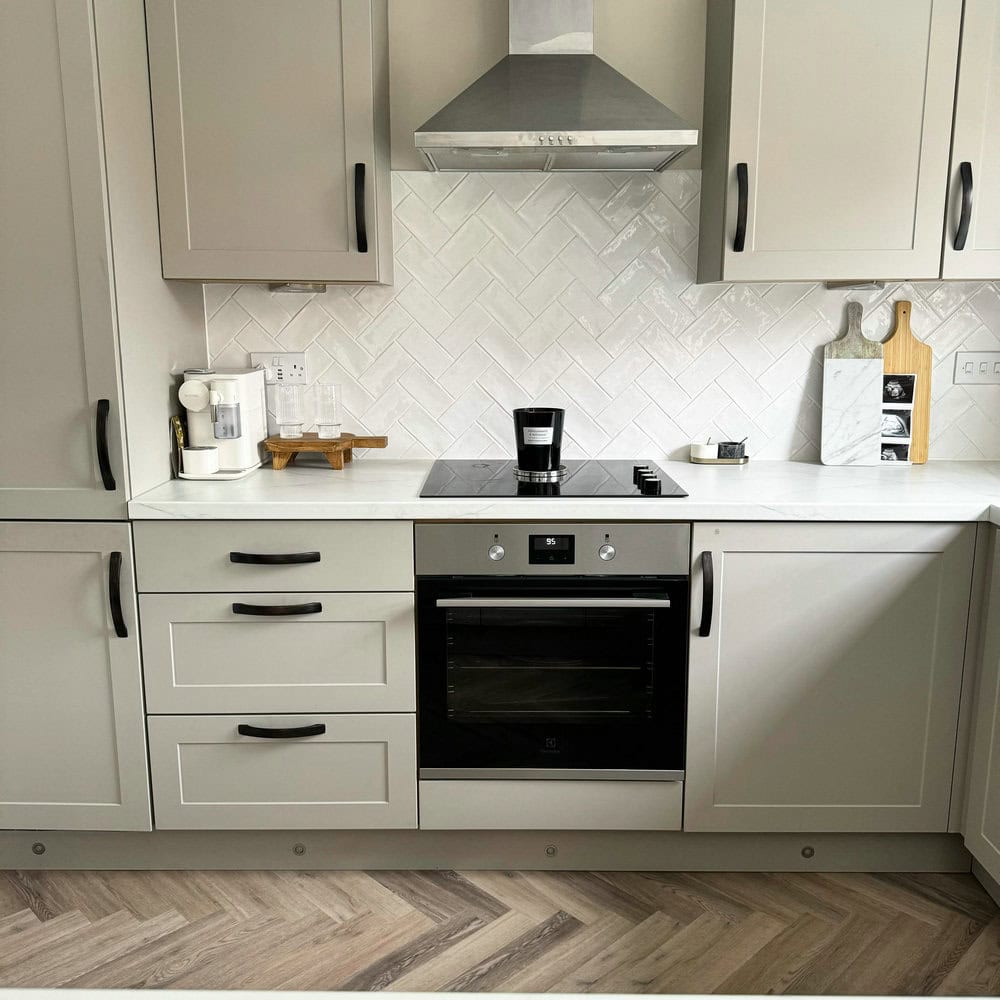
Fireplace surrounds
Fireplace surrounds share a practical charm. Herringbone and chevron patterns are good to add an amusing texture to this space. Fabulous patterns form an impressive layout of a fireplace. The visual attraction makes the fireplace a marvelous focal point.
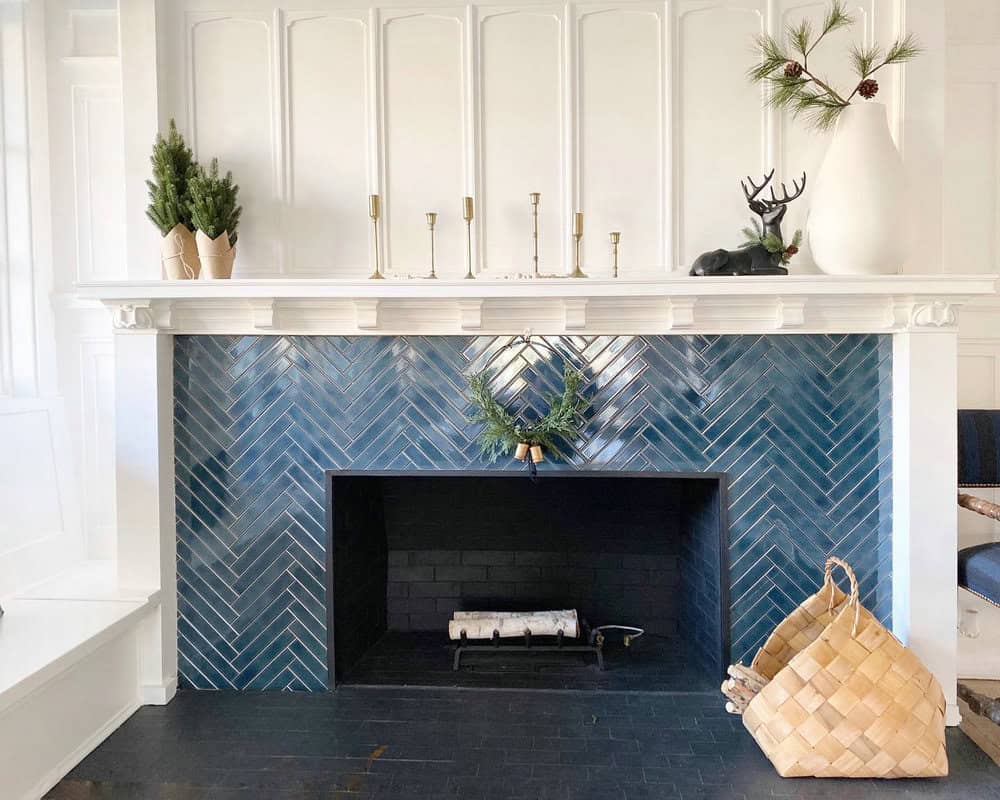
Ceilings
Coffered ceilings
Coffered ceilings offer a stunning, classical look. Herringbone and chevron patterns make coffered ceilings appear sophisticated and magnificent. The attractive texture, devised by both patterns, forms a sense of warm intimation and majesty.
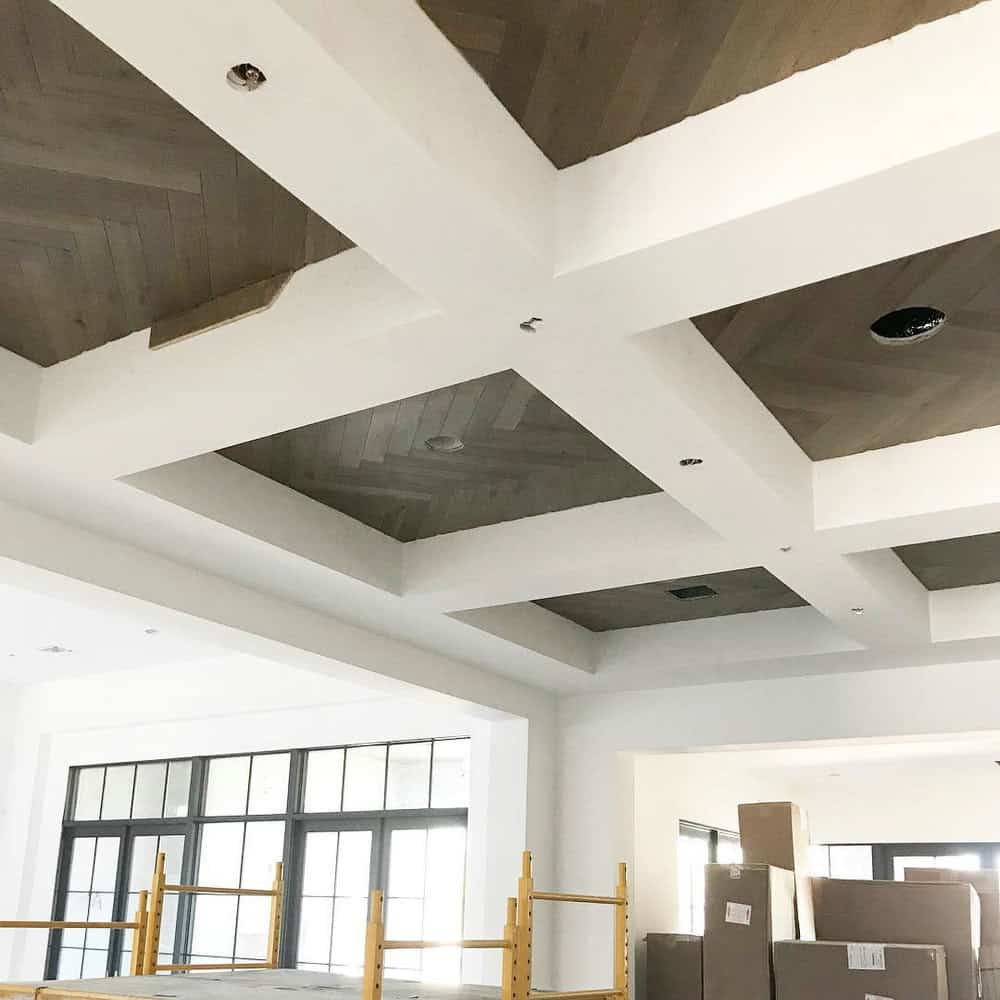
Wooden beams
Wooden beams share a rustic feel. The traditional ceiling of wooden beams looks trendy if devised with herringbone and chevron patterns. Both patterns serve well to add an impression of grandeur and splendor to wooden beam ceilings.
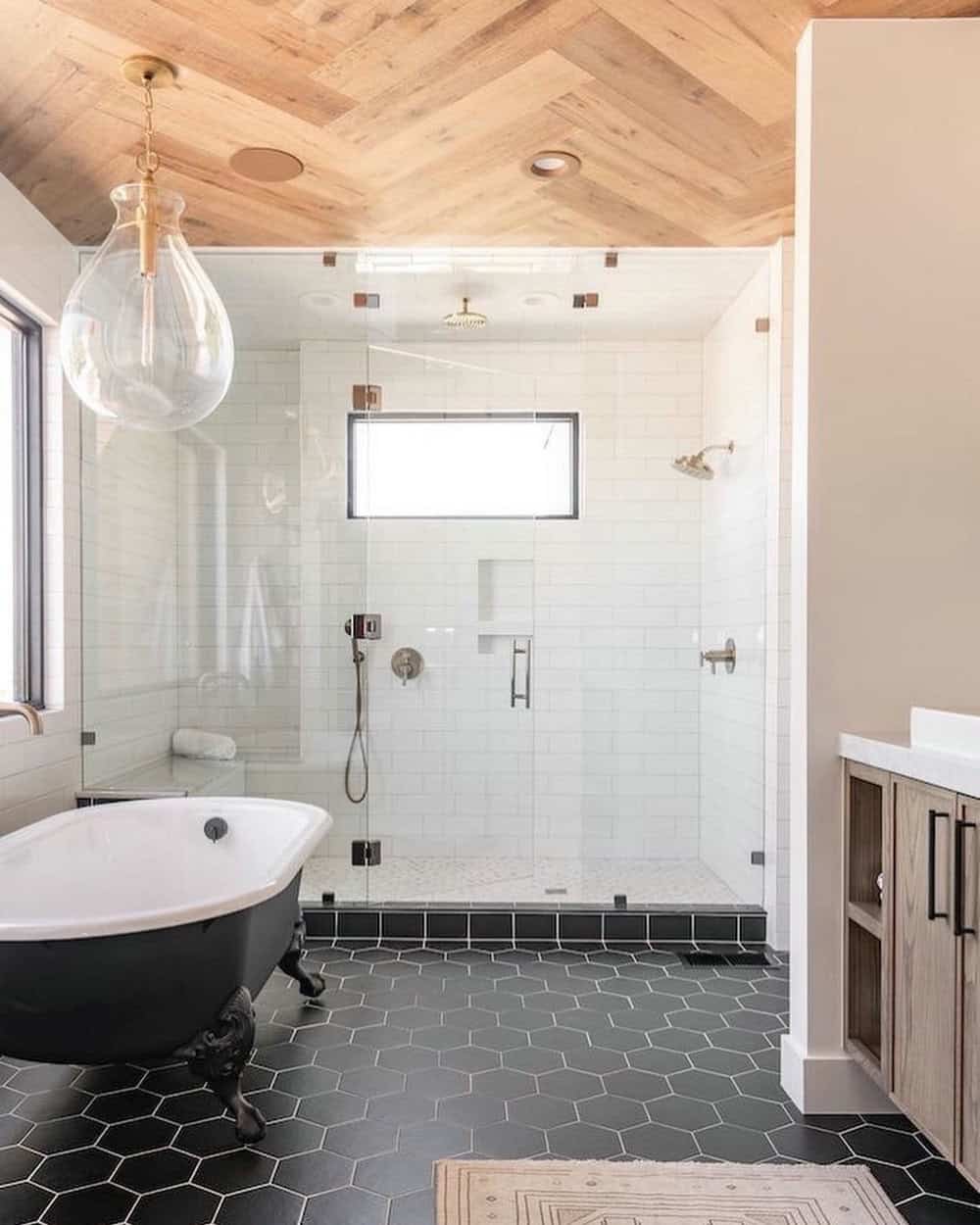
Ceiling tiles
Ceiling tiles make a room look trendy or traditional. Herringbone and chevron patterns make ceiling tiles look impressive and sophisticated. Both patterns serve better to make the ceiling of commercial spaces and rustic homes look stylish and airy. At the same time, herringbone and chevron ceiling tiles offer a decorative look to add vibrancy.
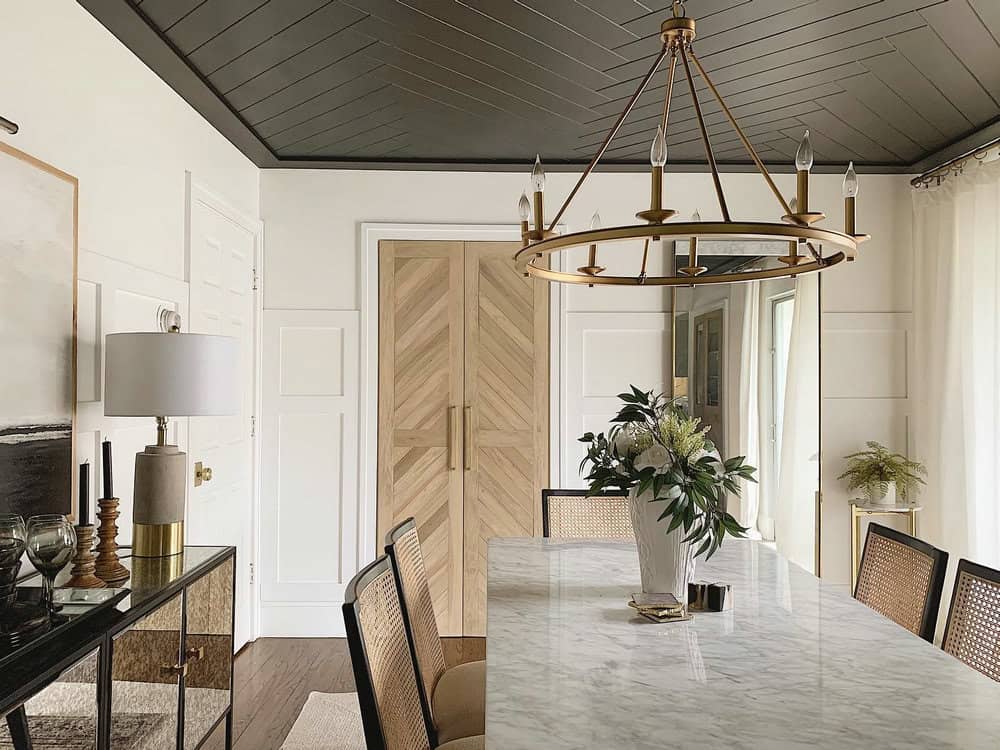
Some tips to make walls and ceilings beautiful with herringbone and chevron patterns
Here are some tips that can help you in making your interiors up to mark by using herringbone and chevron patterns:
You must be careful in measurements while cutting edges for both patterns. A precise and fine cutting is necessary to devise designs accurately. You may cut some extra pieces to get a flawless look for walls and ceilings.
It would be good to mark the space with chalk. You may place tiles accurately according to the layout if you have sketched marks already.
The angle of the pattern matters a lot to convey diverse expressions. A vertical layout of both patterns shares a serene and coherent impression, while horizontal designs may look bold and dynamic. The angle at 45-degree offers a well-composed appearance with a calm feel, while the angle at 90-degree shares a dramatic and striking look.
How Do Herringbone and Chevron Patterns Impact the Perceived Size of a Room?
Herringbone and chevron patterns give an impressive illusionary grandeur to any room. The zigzag patterns make a space look lively. The vertical and horizontal layouts share unique visual impacts by making a space appear broader and airy. Here is significant information about how you can use both patterns to add a perceived size to your room:
Herringbone pattern
Widening effect
Herringbone patterns work amusingly to make a room look broader. The V-shaped layout looks dynamic and gives an illusionary wider appearance. It captures the visual interest and makes a sight move towards corners.
Lengthening effect
The herringbone pattern gives a lengthening effect. It works well in narrow spaces like hallways. The amazing pattern makes the narrow space less messy and creates a visual impression of a longer area.
Cozy atmosphere
Herringbone pattern suits every size of room. It creates a sense of warmth and relaxation. The symmetrical layout conveys a soothing feel. The visual flow of the gorgeous pattern forms a calm atmosphere.
Chevron pattern
Dynamic symmetry
The evenly shaped uniform layout of the chevron flooring composes a cohesive design with a symmetrical appearance. The chevron floors create a sense of visual flow. The room interior looks broader in chevron flooring. The lively view forms a balanced interior design.
Expanded effect
The Chevron pattern gives an expanded effect to a room. The zigzag pattern forms a sense of broader space. The chevron pattern suits the narrow spaces intended to display a visually wider expression.
Ceiling application
The chevron pattern makes ceilings look higher and grand. The vertically designed chevron pattern forms a sophisticated ceiling layout.
To conclude, both patterns share amusing style depictions, but there should be uniformity in the overall interior design. You must keep in mind the color scheme and interior flooring style theme before making a final decision about choosing a herringbone or chevron pattern. The wisely chosen herringbone or chevron floor can make your room look elegant, spacious, and attractive.
Which Flooring Pattern is More Suitable for Small or Large Spaces: Herringbone or Chevron Patterns
You can choose between herringbone and chevron flooring according to the intended design expression. Here are suggested preferences with informatory details to help you choose the best for your room:
Herringbone pattern
Suitable for small spaces
The visual continuity of herringbone flooring makes it a perfect fit for smaller spaces. The pattern gives an expression of a broader space due to its symmetrical layout. You would love the well-composed, serene look of herringbone flooring pattern in narrow areas of your home.
Cozy atmosphere
Smaller spaces convey a messy impression. Smaller spaces need careful styling to avoid appearing tidy and overfilled. The herringbone flooring looks consistent and creates a lively feel. The intimate warmth of herringbone flooring forms an inviting design for smaller spaces.
Chevron pattern
Suitable for large spaces
The vibrant effect of the chevron pattern flooring suits larger spaces well. The dramatic layout makes larger rooms look sophisticated and majestic. The trendy feel of chevron flooring adds splendor to large spaces. The interiors of large traditional homes can be made appear magnificent by devising chevron flooring.
Balance symmetry
The chevron pattern flooring creates a balanced, symmetrical view. The visual interest of the finely aligned chevron flooring looks awesome and shares a sophisticated look in large spaces. The striking effect of chevron flooring pattern makes large spaces appear stylish and modern.
In short, both patterns form incredibly attractive flooring designs if chosen wisely. The herringbone flooring, due to its visual balance, creates a tranquil feel in smaller spaces, while the chevron flooring is good for adding a lush ambiance to large spaces. Both must have an integrated correlation with overall interior themes.
FAQS
Which is Better, Herringbone or Chevron?
Herringbone and chevron patterns share their unique, impressive characteristics. Both can pay their best if matched accurately with an interior design. You must have thorough information about both patterns and their expression in various spaces before choosing one. Herringbone serves well to enrich a classical design and promotes a widened expression in smaller spaces. In contrast, the chevron pattern enhances the beauty of modern designs and evokes a sense of dramatic charm in large spaces. The herringbone pattern adds calm vibes, while the chevron pattern makes a room look strikingly vibrant.
Is Herringbone or Chevron More Modern?
Chevron design is referred to as a more modern pattern than herringbone. The reason is that the chevron conveys a trendy look. The pointed v-shaped layout makes any room look vibrant. The spiky look of the chevron suits well to modern interior themes. The trendy minimalist interiors are enriched by using the chevron pattern. The chic pattern adds a sharp layout. The herringbone flooring pattern, on the other hand, looks more classic. The serene expression makes it appear like a heavenly-bestowed soothing pattern. The final decision about the pick between herringbone and chevron depends on your personal liking and the intended design expression.
Is the Chevron Pattern Outdated?
The Chevron pattern is popular with designers for its awesome look. The history of the chevron dates back to the Neolithic period, but the wonderful charisma is still making a mystical appearance. The beautiful chevron pattern is liked due to its versatile characteristics. It can be merged in various color combinations and suits numerous interior styles. The timeless beauty of the chevron pattern still adds elegance to any room. It also looks equally impressive on floors, walls, and ceilings.

